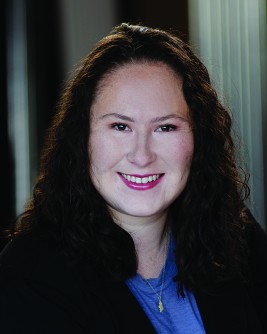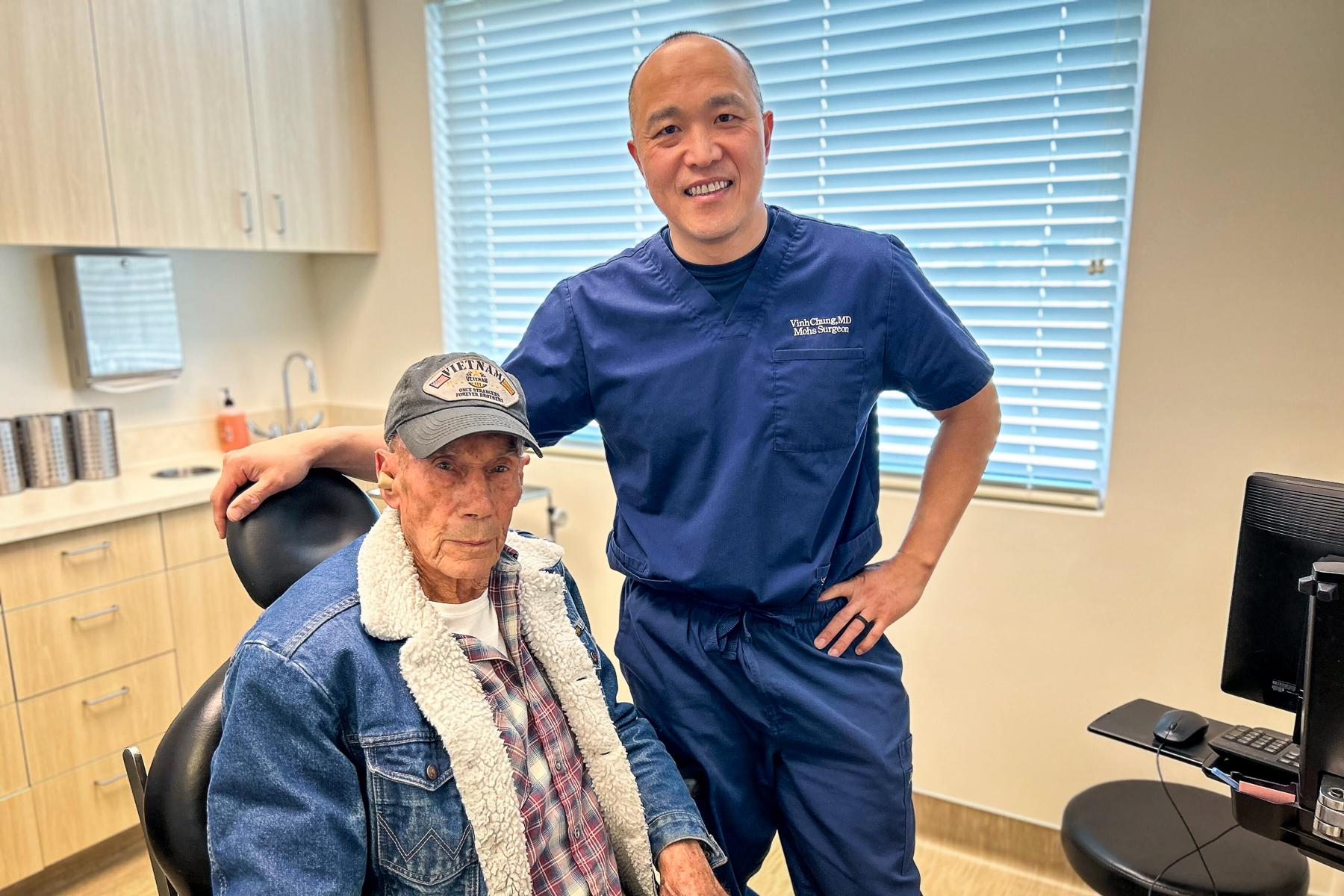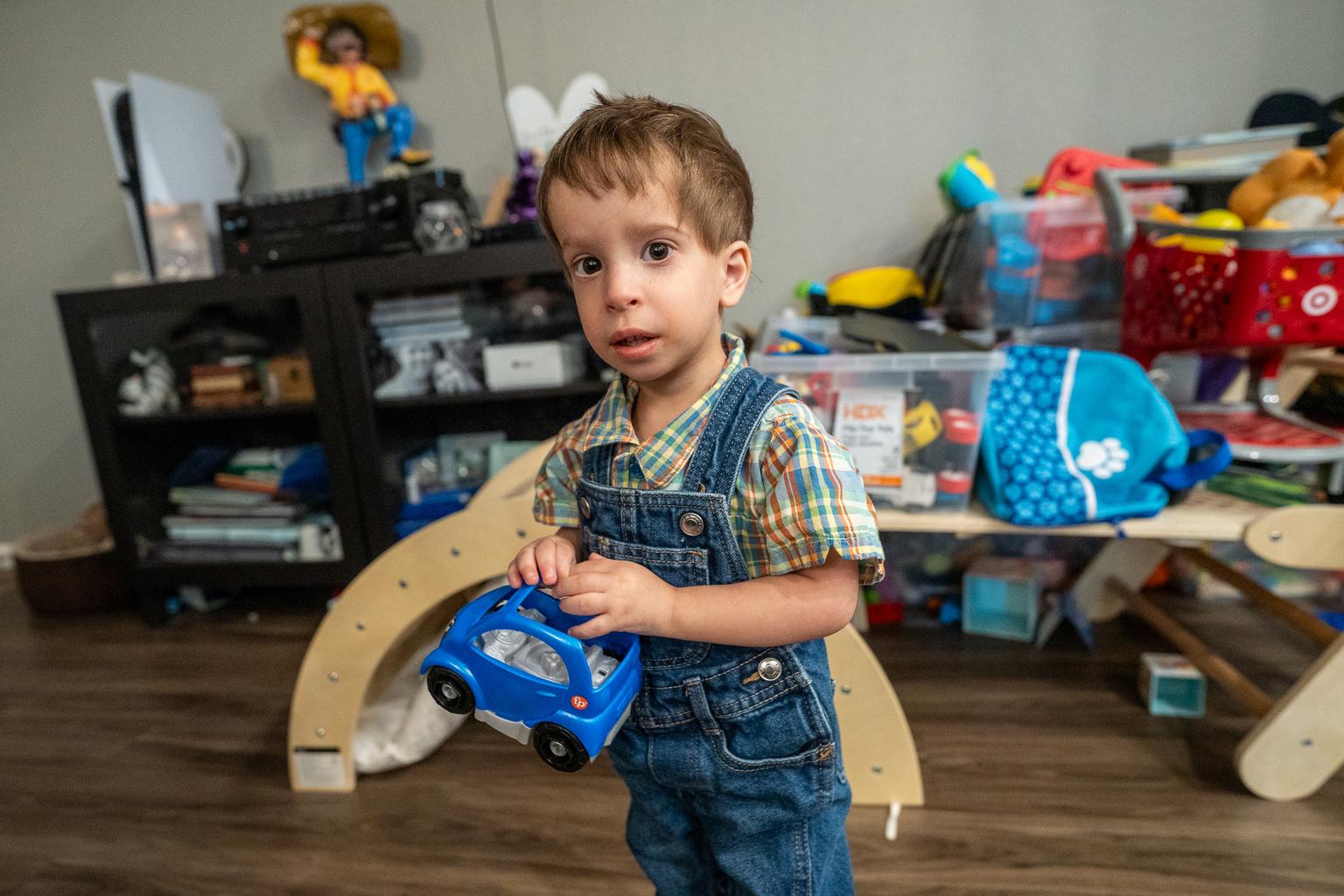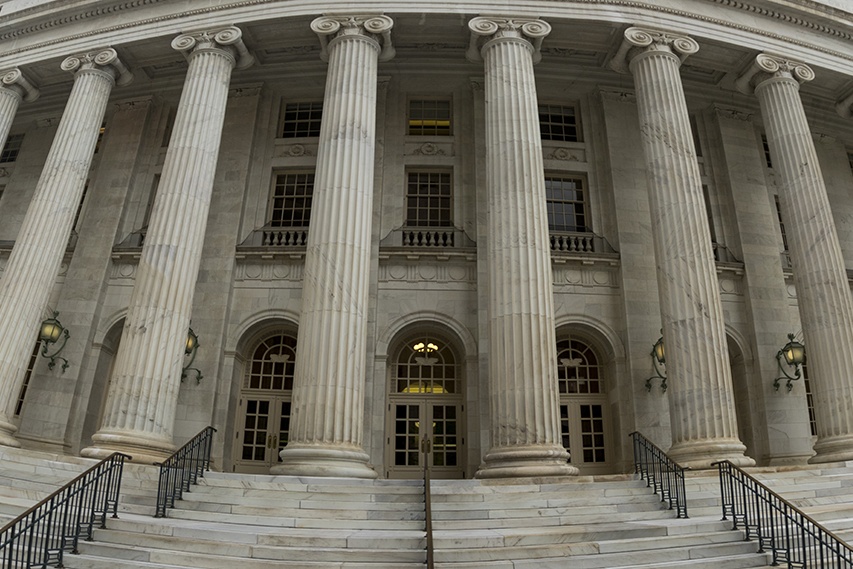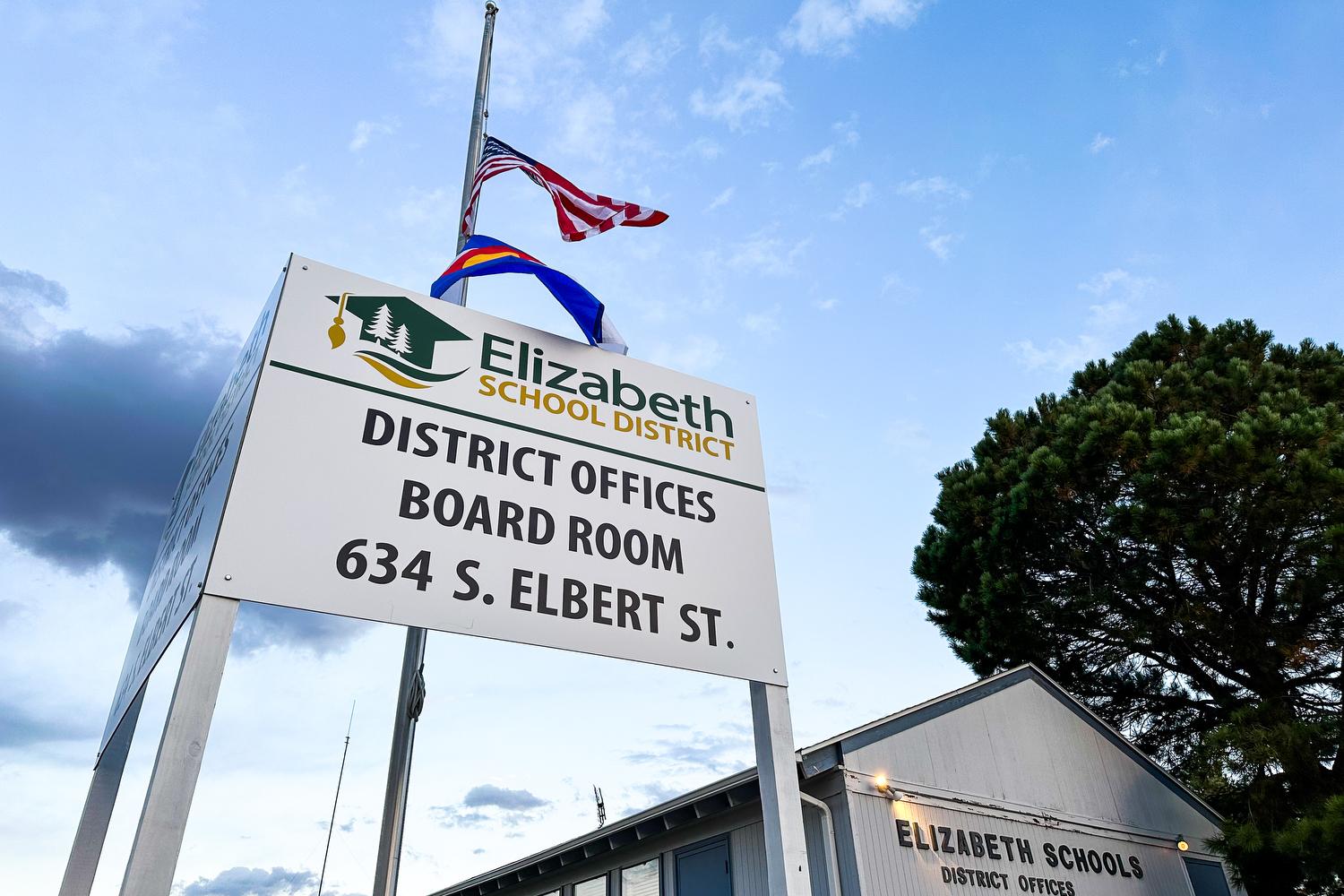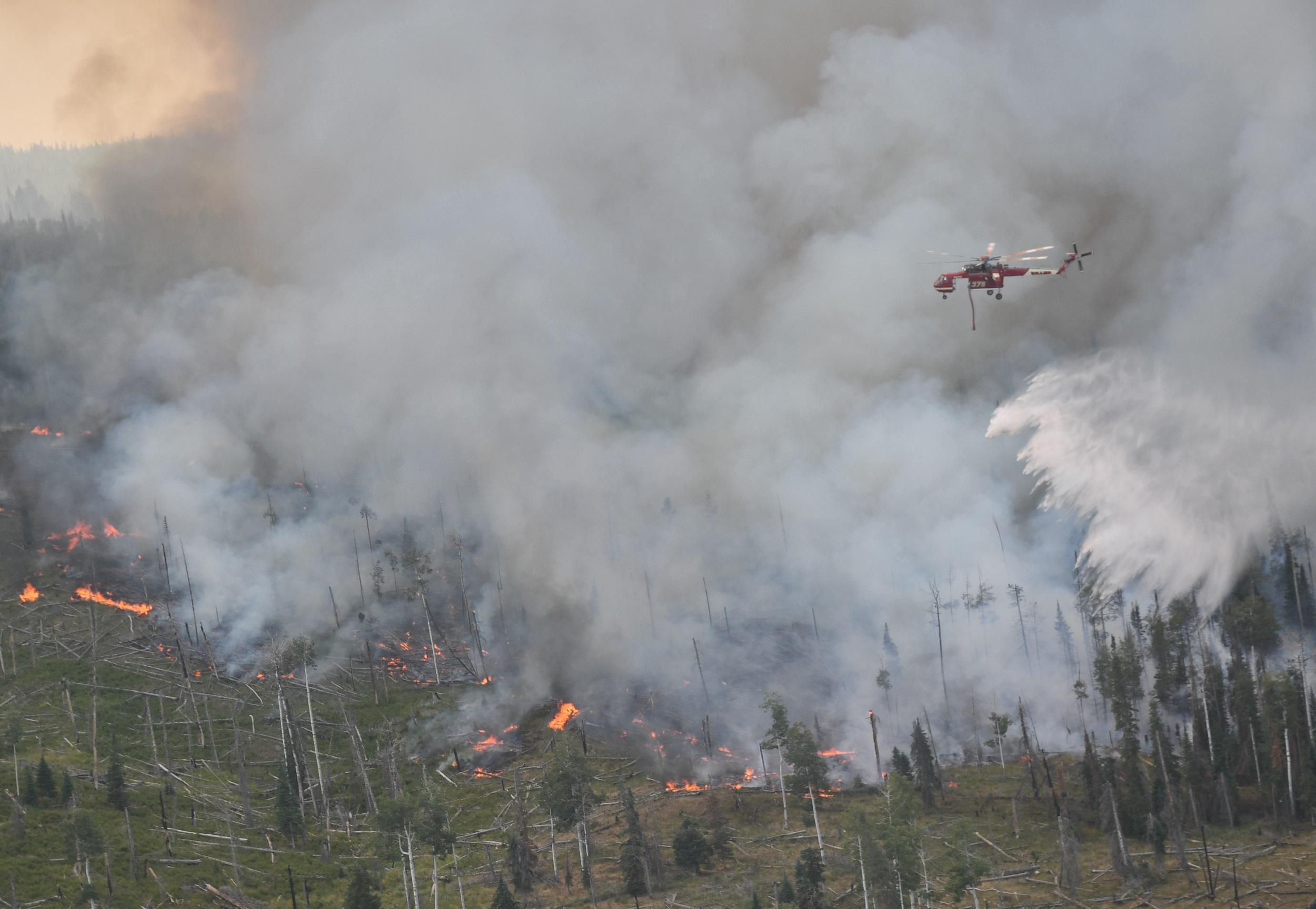

The firefighters who battle Colorado's wildfires have an important ally right by their side — meteorologists.
Weather conditions can drastically influence how wildfires move and spread. That's why meteorologists from the National Weather Service monitor conditions on-site to keep fire crews aware of potentially dangerous changes in weather and terrain.
"We use fire weather information on every single fire that we go to,” Boulder Wildland Fire Administrator Dave Zader said. “It's the most critical pieces of information that we receive during the day. Weather is constantly changing and it's one of those things that affects the safety of personnel and the public the most."
- Would You Jump Into A Fire? For A Colorado Smokejumper, That's The Job
Lisa Kriederman has been an incident meteorologist, or an IMET, for eight years.
“Winds are very difficult to predict in terrain such as (where) wildfires usually start, in the mountains and such,” Kriederman said. “But just to have that dedicated pair of eyes on what's happening there in that space, and in that short time and that can be very advantageous to the firefighters."
IMETs are trained to forecast weather for small, specific areas. They use radar and satellite information to monitor things like winds, humidity, lightning — and where smoke might drift.
Zader said teams of fire crews and weather experts hope for a stable atmosphere during a firefight.
“It's like putting a lid on the fire or a damper on a wood stove,” Zader said. “An unstable atmosphere allows fires to grow vertically. It like opening the damper. This can lead to events like ‘fireworks,’ which are like tornados but are spawned by convective heat from the surface.”
Incident Meteorologists go through extensive training and work in challenging conditions to support wildland firefighting and containment operations. Learn what it’s like for an IMET working a wildfire: https://t.co/nok7TfeKcS #WildfireSafety pic.twitter.com/8pbVgLQfpy
These “tornados,” and even thunderstorms, can spread fires faster.
Kriederman said that IMETs need to understand more than weather to create effective fire attack plans.
“First thing is to really to kind of get a good feel of the fire, where it is, the land that it's burning on in terms of terrain, where those valleys are, where those ridges are, where winds can be channeled as well as the type of fuels,” Kriederman said.
Solar radiation levels can affect the way fires burn too, Zader said. Higher solar radiation allows fires to burn easier because the area is preheated and closer to the temperature needed to create combustible gases.
In Colorado, IMETs are deployed to the Cabin Lake Fire near Meeker, the Bull Draw Fire near Nucla and the Silver Creek Fire near Kremmling. A total of 26 National Weather Service IMETs are working fires across the country
